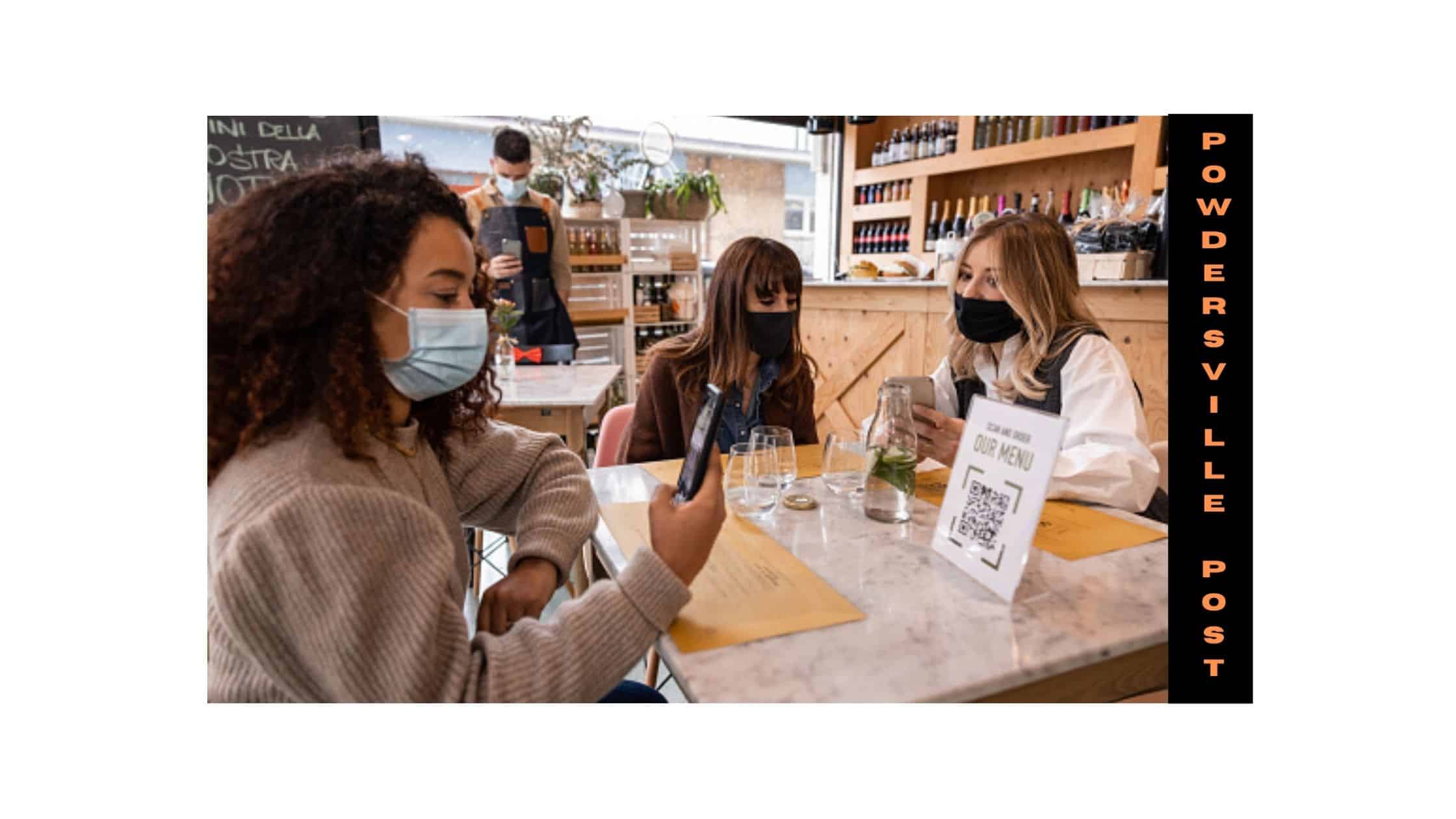The state of Florida officially reported its first two COVID-19 cases in March last year. A state of emergency was declared by Florida’s governor. As many as fifty people in Florida began showing symptoms of COVID-19 before the Centers for Disease Control and Prevention confirmed that the disease had been identified as COVID-19.
The Virus Scene In Florida
However, there are indications that the community spread of COVID-19 began in Florida much earlier, possibly as early as the first week of January. By March, the CDC had seen enough evidence to establish that the virus had spread throughout the state. Governor signed an executive order on April 2020, limiting state activity to those deemed essential services.
The government issued an order in the third week of September, effectively nullifying public health restrictions enacted by numerous municipal governments in Florida to curb the virus’ spread. Local governments are forbidden from imposing fines or closing down companies for violating mask mandates under the governor’s order.

Eateries were also allowed to reopen at full capacity right away, and local governments were barred from ordering restaurants to operate at less than half-capacity. The governor extended the injunction on the third week of November, citing a rise in the number of COVID-19 cases and deaths in the state throughout the autumn.
COVID-19 confirmed cases have risen again in Florida by late fall, with over ten thousand new cases recorded on more than half of the days in December and thirteen of the first fourteen days in January. On the first week of January, the largest daily report for last year was around twenty thousand new cases for December.
Florida has twenty-two thousand new cases in one day in the last week of July 2021, the most at any time during the pandemic, thanks to the delta version of COVID-19. The COVID-19 pandemic in the United States is part of a worldwide Coronavirus disease pandemic that began two years back. Since January, there have been seventy-four million confirmed cases with nine hundred thousand deaths, the most in any country and the nineteenth-highest per capita in the world.
The Centers for Disease Control and Prevention (CDC) anticipated that by May last year, there might be a total of hundred and twenty million illnesses in the United States, accounting for more than a third of the entire population. COVID-19 is the worst pandemic in American history; last year, the disease accounted for the third-highest amount of deaths in the country, behind only heart disease and cancer.
From the past two years, Hispanic Americans’ life expectancy fell by three years, African Americans’ by almost three years, and white Americans’ by one year in the United States. These impacts have persisted, with COVID-19-related deaths in the United States exceeding those in the past two years.
Where It All Began
China announced the identification of a cluster of pneumonia cases in Wuhan last week of December two years back. On the third week of January, the first case in the United States was reported, and on the first week of February, the President declared the outbreak a public health emergency in the United States.
Flights arriving from China were restricted, but the United States’ initial response to the epidemic was delayed in terms of preparing the healthcare system, restricting other travel, and testing. By mid-April last year, all states and territories had declared disasters due to an increase in the number of cases.
Following the loosening of restrictions in numerous jurisdictions, the second wave of infections occurred in June, with daily cases exceeding sixty thousand. In sections of December last year and January of this year, approximately two hundred thousand new cases per day were reported in a third wave of illnesses in mid-October.
With over 15 years as a practicing journalist, Nikki Attkisson found herself at Powdersville Post now after working at several other publications. She is an award-winning journalist with an entrepreneurial spirit and worked as a journalist covering technology, innovation, environmental issues, politics, health etc. Nikki Attkisson has also worked on product development, content strategy, and editorial management for numerous media companies. She began her career at local news stations and worked as a reporter in national newspapers.
